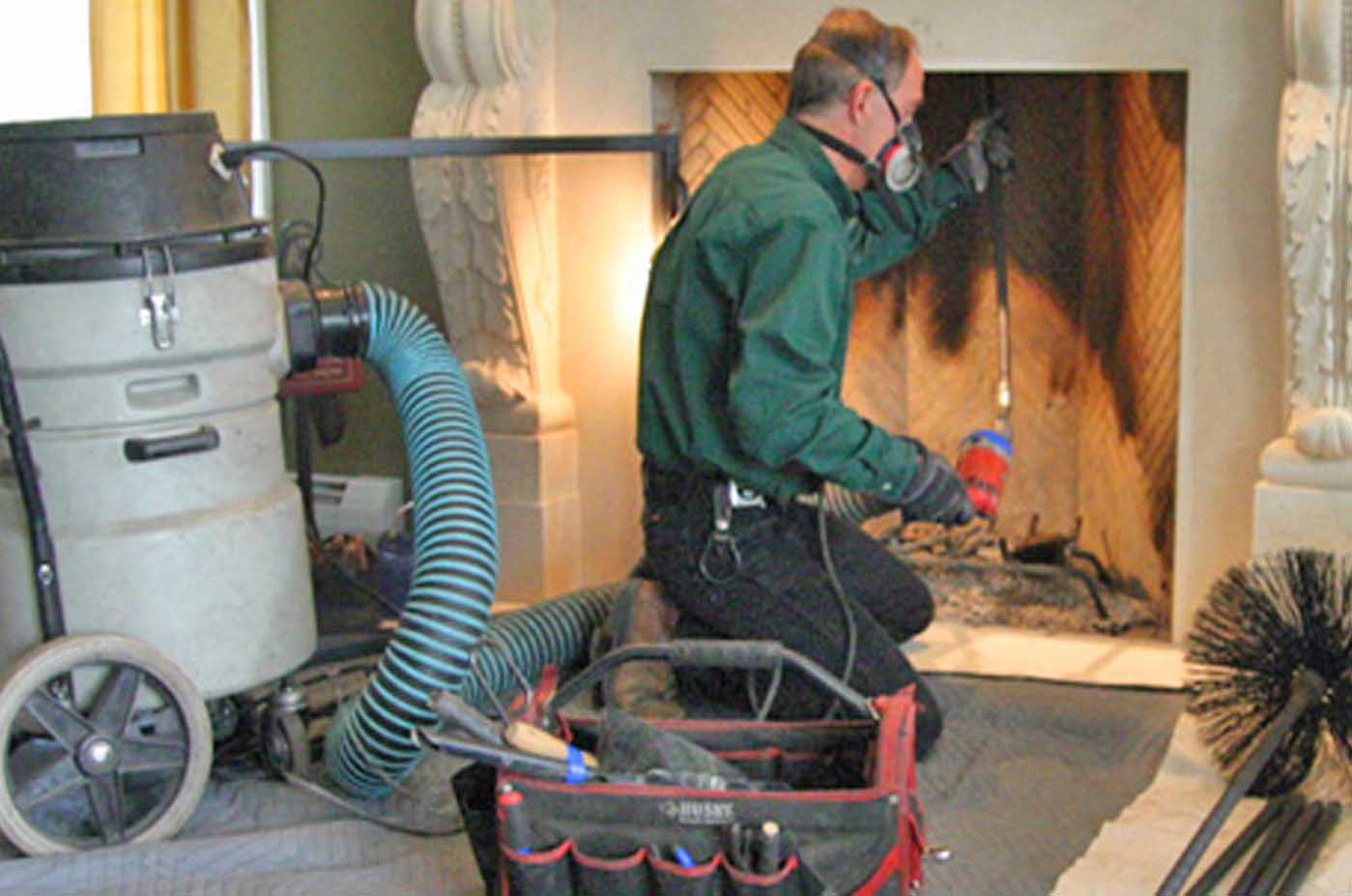
There are many tower building resources online, including the one shown in this video from a Mississippi Audubon Center.Īre you having problems with birds getting into your chimney? Call A-1 Chimney Specialist to schedule an appointment online – we can help you figure out whether yours are federally protected birds, and make sure you’re doing all you can to prevent a problem. If you’re worried about disturbing chimney swifts by adding a bird screen and removing their nesting place (many people are, either because they are animal lovers or because chimney swifts prey on many unwanted insects, including mosquitoes), some homeowners build a chimney swift tower to provide the birds with a new home. We can also recommend a bird screen that will work with your chimney crown’s shape to prevent birds from coming in again. If you have birds nesting in your chimney, a certified A-1 Chimney Specialist technician can inspect it and determine whether they’re chimney swifts. But once the chimney swifts migrate south, adding a bird screen can prevent their return. If you leave your chimney as-is after they leave, you certainly won’t be done with them - chimney swifts regularly return to the same chimney year after year.

Once these birds have nested in your chimney, by law, you’ll have to wait until they leave and migrate on their own. These birds generally nest in the eastern half of North America during the warmer part of the year, before migrating south for the winter.Ĭhimney swifts commonly build nests that look like a half cup attached to the chimney walls, a few feet above a throat damper.Īn important thing to know about chimney swifts is that they are protected under Federal Law, so it’s unlawful for you or a licensed chimney sweep to remove them, their nests, or nestlings from your chimney. While lots of different animals may try and make their way into your chimney, one of the more common species is the chimney swift, a medium-sized bird that’s often mistaken for a bat in flight.

When the baby birds hatch, they continually chirp and cheep - and you’ll hear it through the walls. These nests are also a fire hazard and can bring unwanted smells and insects into your home.īeyond the dangers, nesting birds in your chimney can be just plain frustrating. Those nests can block the flue, rendering it unable to properly do its job of venting harmful gases and byproducts from your home. That means bringing combustible materials into the chimney and building nests. When birds enter your chimney and use it as a nesting place, they set up shop to suit their needs. Why Nesting Birds Are Unwanted And Potentially Dangerous Installing a bird screen or chimney cap can help keep that from happening. And while most people love to look at and listen to birds outside, having them nest in your chimney can be frustrating and dangerous. These can contribute to degradation of the chimney and to fire hazards.īirds can be a particularly determined chimney visitor. Homeowners will want to be diligent about preventing water, debris and animals from getting into their flue.


 0 kommentar(er)
0 kommentar(er)
